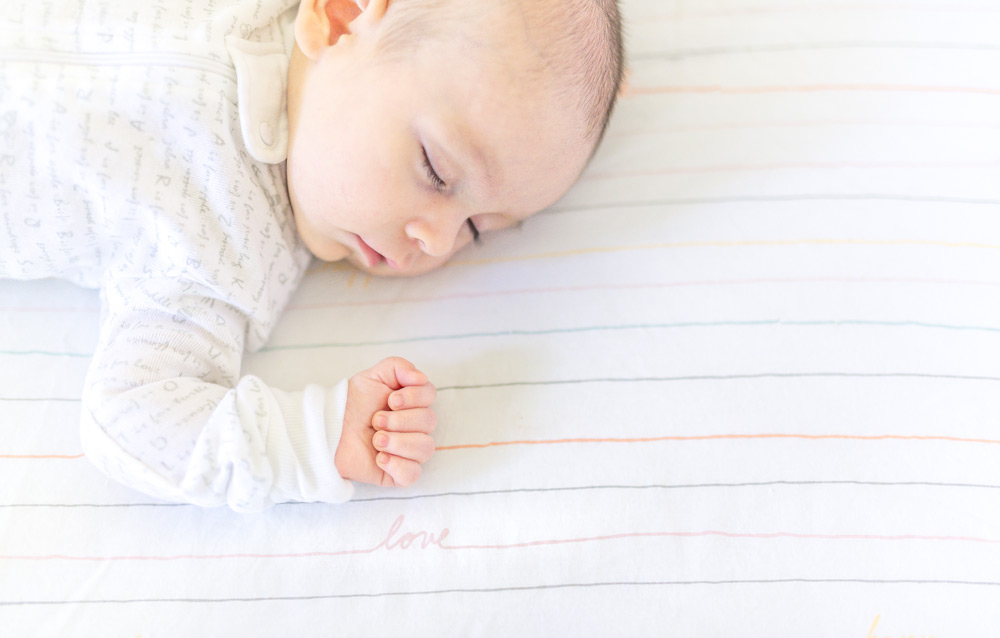How Can I Protect My Baby from Falls?
Falls are the leading cause of non-fatal injuries for children. According to the Centers for Disease Control and Prevention, approximately 8,000 children are treated in U.S. emergency rooms for fall-related injuries every day. The Joint Commission Journal on Quality and Patient Safety reported that about 1,600 newborns have in-hospital falls every year. Falls or drops can not only result in injuries to infants but cause parents and caregivers to have significant feelings of guilt, shame and emotional heartache.
The majority of infant falls occur at home. Usually, these are a result of falling from an elevated surface such as a bed, sofa, chair, stairs or changing table. Often, in the first four months, caregivers fall asleep holding the infant and drop the infant. The best way to prevent injury is to avoid falling asleep while holding your infant and to watch, listen and stay near your child. Serious injuries can occur with a distance of just 36 inches or three feet, in children six months or younger.
Tips to Keep Your Baby Safe from Falls
- If you are feeling sleepy, place your baby in the crib/bassinet. You could doze or fall asleep and drop your infant.
- In the hospital, if you are seen to be dozing or sleepy, staff will help place your baby into the bassinet for safety.
- Never leave your child alone while on a high surface like a changing table or bed. Always keep one hand on your child while changing.
- Never sleep with your infant in bed (bed share) or on other furniture such sofas or recliners.
- It is not safe to use portable bedrails intended for toddlers to prevent falls off a bed or other surface. There is a risk of entrapment and strangulation.
- Never use pillows, blankets or other items to keep infant from rolling off a surface. An infant can still fall or be suffocated by the soft items.
- Crib sides should be kept up and firmly secured while your baby is in a crib — no matter baby’s age.
- Infants — even those who have never rolled over — and young children should never be left unattended. While there is no equal substitution for direct supervision, if you do need to step away from your baby for a short time, put him or her in a safe place such as a crib or playpen.
- Do not let other children pick up infants and/or carry your infant while moving. There are many infant injury cases of siblings dropping or tripping and falling with their infant sibling — some causing severe injuries.
- Child safety devices, like safety belts and straps, should always be fully clipped or latched when available, even when in a low place such as the floor. This will reduce the risk of your child falling out of a car seat, highchair, carrier or shopping cart.
- Always place infant seats on a hard surface — preferably the floor — with the seat belt fastened. Never put a baby in an infant seat on a soft surface such as a couch or an unstable surface.
- Move chairs, cribs and other furniture away from windows to help prevent toddlers from climbing up and falling out.
- Secure TVs and furniture to walls using mounts, brackets, braces, anchors or wall straps to prevent them from tipping over.
- Use approved infant safety gates at the tops and bottoms of stairs and attach them to the wall. Remember to read the manufacturer’s instructions and warning labels to make sure you have the right gate for your needs. Not all gates are safe for use at the top of the stairs.
